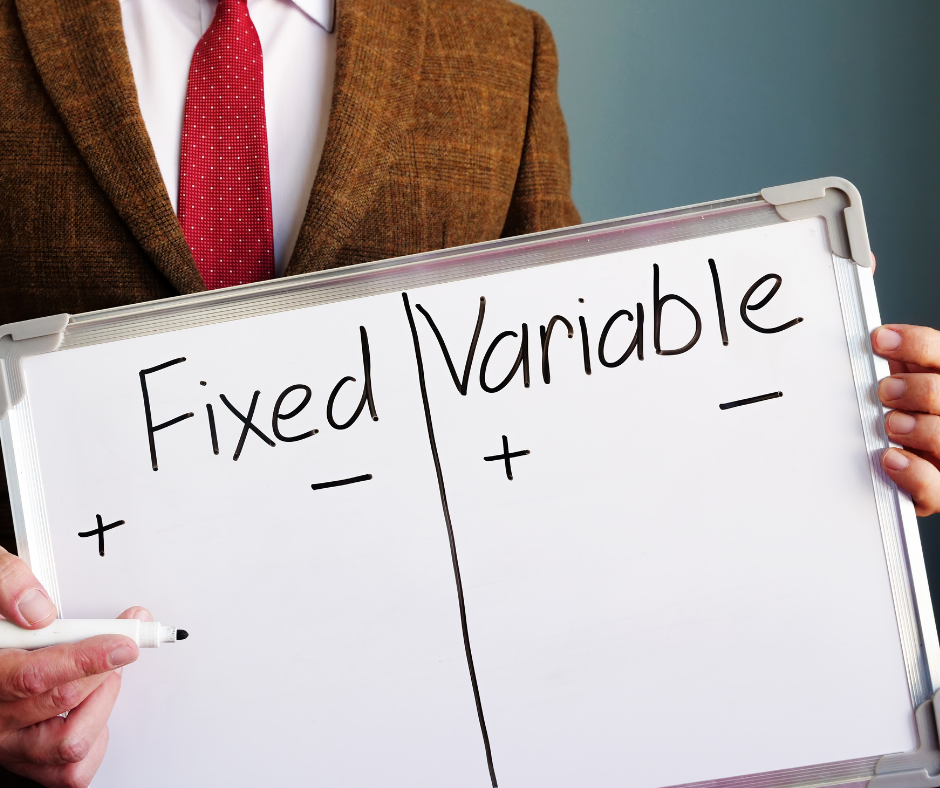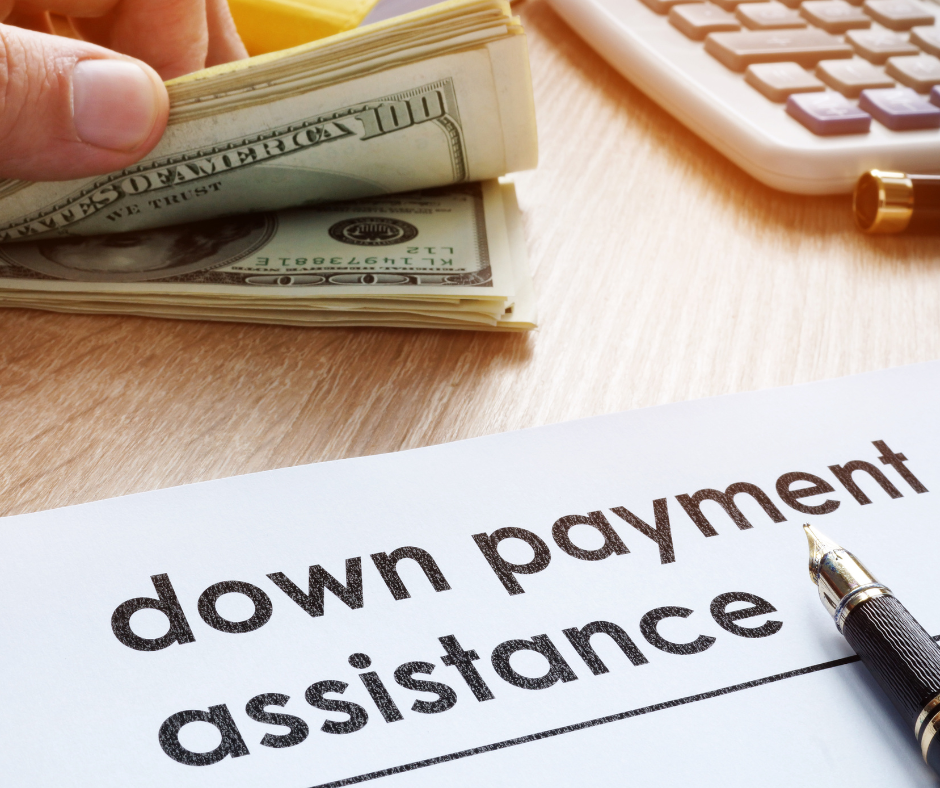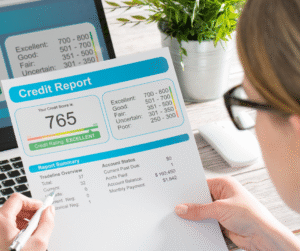How much house can you afford? The 28/36 rule explained
Wondering how much house you can afford? Learn how the 28/36 rule can help you budget smarter and avoid financial stress when buying a home.
Buying a home is one of the biggest financial decisions you’ll ever make. But figuring out how much house you can really afford? That’s where things get tricky.

That’s where the 28/36 rule comes in, a popular guideline that helps you set realistic boundaries on your home buying budget. It won’t guarantee loan approval, but it can help you get a clearer picture of what’s financially sustainable.
What is the 28/36 rule?
The 28/36 rule is a basic financial principle lenders often use during the mortgage approval process. It breaks down into two key numbers:
- 28%: this is the maximum portion of your gross monthly income that should go toward housing costs. That includes mortgage payments, property taxes, homeowner’s insurance, and HOA fees if applicable.
- 36%: this is the max total of all your monthly debt obligations, including housing costs and other debts like credit cards, car loans, or student loans.
Let’s say your gross monthly income is $6,000. According to the rule:
- 28% of $6,000 = $1,680 → That’s your recommended housing budget.
- 36% of $6,000 = $2,160 → That’s your maximum total debt load.
Why the 28/36 rule matters
This rule exists for a good reason: it helps prevent financial overreach.
A common pain point for homebuyers is falling in love with a house that ends up being too expensive in the long run. The monthly payments might seem doable, but once you factor in other debt, utilities, maintenance, and daily expenses, it adds up fast.
Using the 28/36 rule can help you set realistic expectations, avoid loan rejection due to a high debt-to-income ratio, and reduce the risk of financial stress in the long run.
It’s not a guarantee you’ll qualify for a mortgage, but it does show lenders that you’re thinking ahead.
What the rule doesn’t cover
While the 28/36 rule is helpful, it doesn’t take into account important personal factors like your local cost of living (a $1,500 mortgage in New York City has a very different impact than the same payment in a small town). It also overlooks income variability, which can be a major consideration for anyone whose paycheck isn’t consistent month to month.
In addition, the rule doesn’t reflect your long-term financial goals. That’s why it’s important to treat the 28/36 rule as a smart starting point rather than a strict rulebook.
How to calculate your own 28/36 limits
- Find your gross monthly income. This is your income before taxes.
- Multiply by 0.28 to get your max housing budget.
- Multiply by 0.36 to see your total debt limit.
- List your current debts and subtract them from the 36% limit.
- The result is your realistic mortgage payment ceiling.
Using free online mortgage calculators can help you plug in these numbers and get a clearer estimate of what fits your budget.
Think smart, not just big
Buying a home is exciting, but excitement shouldn’t lead to overcommitment. The 28/36 rule offers a clear and simple framework to help you plan with more confidence. It doesn’t replace professional financial advice, but it can give you a solid foundation.
In the end, the best home isn’t just the one you can buy. It’s the one you can comfortably afford, now and in the future.






